
Bleeding hearth or Dicentra spectabilis : succeed in its planting
Where, when, and how to plant?
Contents
The Bleeding heart is an easy plant, provided it is placed where it can express its full potential. The secret to successfully growing this elegant perennial lies in the planting.
Where to plant the Bleeding heart?
Bleeding Heart or Dicentra is a vigorous perennial plant, very cold-resistant, which can be planted anywhere in France. Very hardy, it withstands the lowest temperatures, around -15 °C.
It is an easy plant to grow but requires light soil and a shaded exposure.
To succeed with Bleeding Heart, the soil must be kept cool, even in the height of summer, slightly acidic or neutral, well-draining, and rich in humus. It only fears excess: excess water in winter and sun in summer. It is advisable to plant it where it can express its full potential: in partial shade, protected from the scorching direct sun under the light shade of a tree and sheltered from prevailing cold winds. Once established, avoid moving it, as it takes several years to reach its full development.
Growing in pots is easy when you do not neglect watering. In rich, humus-bearing soil, it will become magnificent, provided you never let the soil dry out… nor become waterlogged!
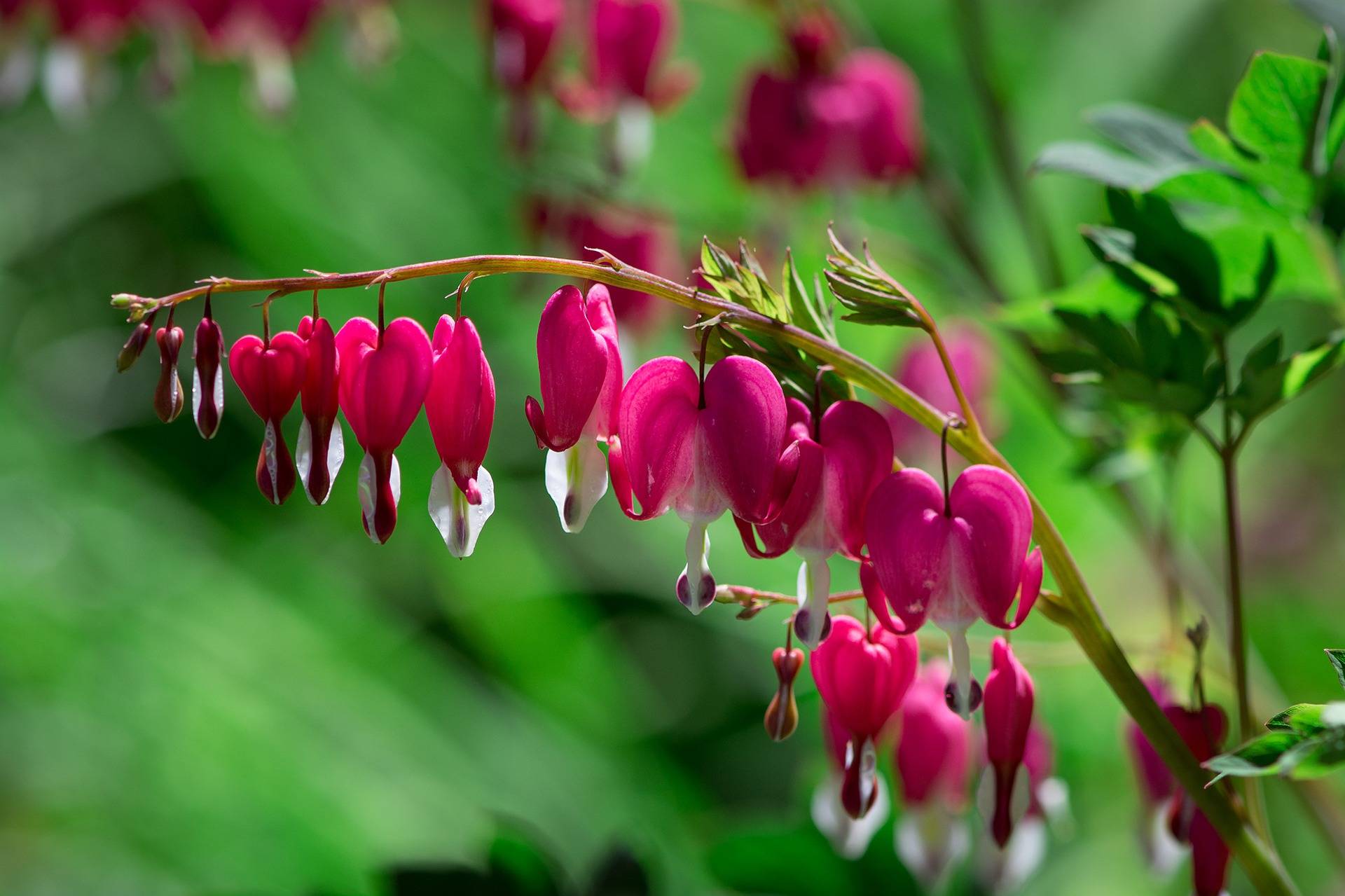
When to plant?
Bleeding heart is a perennial that develops early, with its foliage starting to emerge at the very beginning of spring. Its tender stems can be damaged by frost, which is why we advise you to plant it in spring when the risk of frost has passed.
Planting in autumn, around September/October in warm, moist soil is entirely feasible; however, the plant will be in dormancy and will not awaken until the following spring.
Discover other Dicentra - Bleeding Hearts
View all →Available in 0 sizes
Available in 3 sizes
Available in 3 sizes
Available in 2 sizes
Available in 3 sizes
Available in 1 sizes
Available in 1 sizes
Available in 0 sizes
Available in 1 sizes
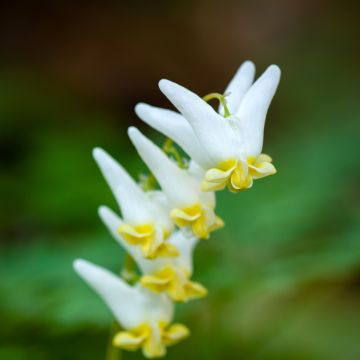
Available in 1 sizes
How to plant them?
Once well established, Bleeding Heart requires little care. The secret to this elegant, vigorous perennial lies in the planting. The roots are fragile to crushing: handle the plant carefully during planting. Avoid planting too many Dicentras, as they would leave an unsightly gap in summer when they go into dormancy.
Step 1: Prepare the soil
- Depending on the nature of the soil, add a good amount of potting soil, well-decomposed compost, and a bit of gravel for drainage.
Step 2: Soak
- Moisten the clumps by immersing them in a basin of water.
Step 3: Prepare the planting hole
- Dig to a depth of about 25 cm with a spade.
- If the soil is heavy, drain it with an addition of gravel, vermiculite, or pouzzolana, and lighten it with an addition of turf.
- If the soil is too draining and sandy, add a third of compost to improve its water retention capacity.
- Place the young plant, with the collar slightly below soil level.
- Leave 30 cm of space between each plant.
- Bring the soil back to encircle the roots and firm it down.
- Water generously, then monitor weekly during hot weather; the soil should remain moist but never waterlogged.
- Protect the plant from slugs.
Note: in summer, the plant goes into dormancy and its foliage yellows; it is then unnecessary to water it too much, as the plant follows its normal growth cycle and ‘sleeps’ to protect itself from drought.
Step 4: Mulch
- Mulch to allow for better establishment, keep the soil cool in summer, and protect from late frosts.
- And let it live: once established, the plant prefers not to be disturbed.
Planting in a pot
- Prepare a mix of equal parts potting soil, sand, and garden soil.
- Plant it in a pot of at least 30 cm.
- Ensure your pot has good drainage at the base, as if the roots stagnate in water, they will eventually rot.
- Water very regularly without flooding the roots.
- In spring, add compost each year.
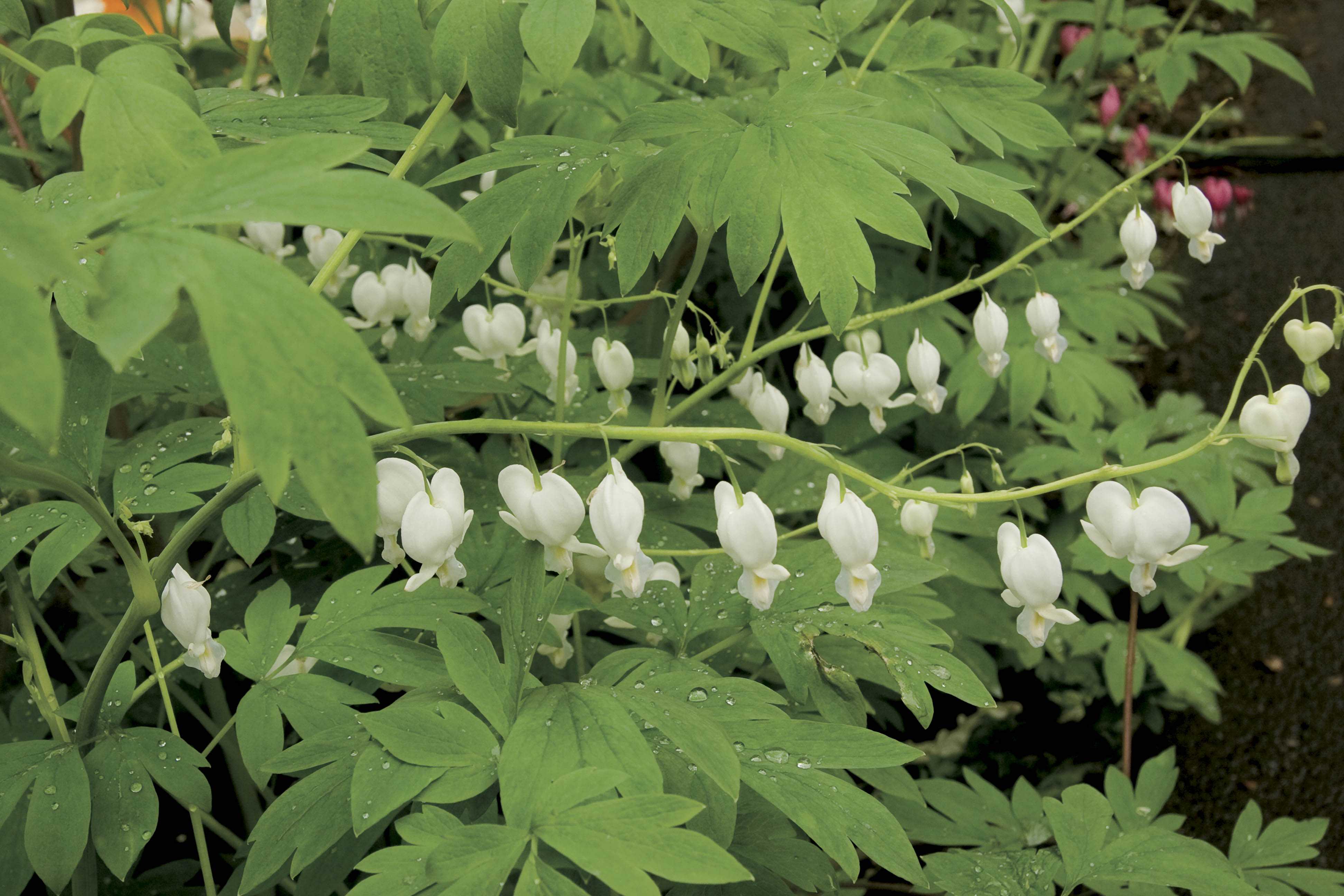
- Subscribe!
- Contents































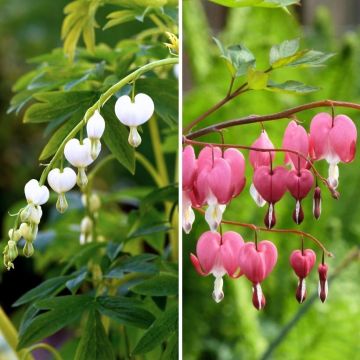
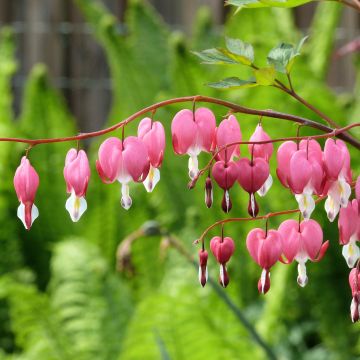

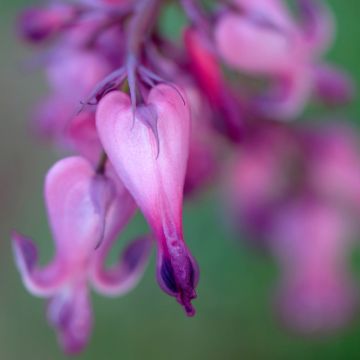
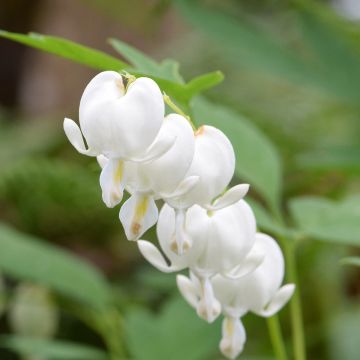

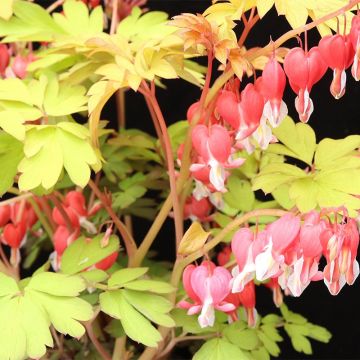
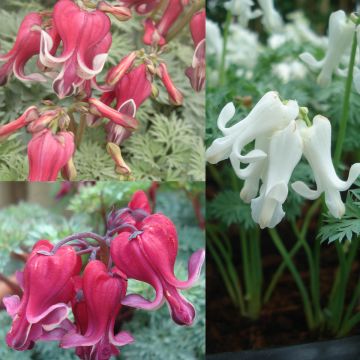
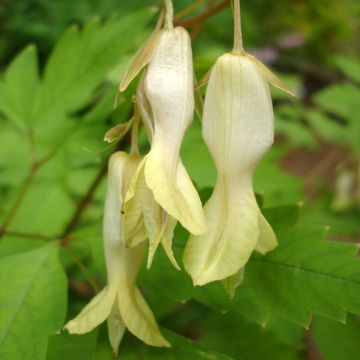
Comments